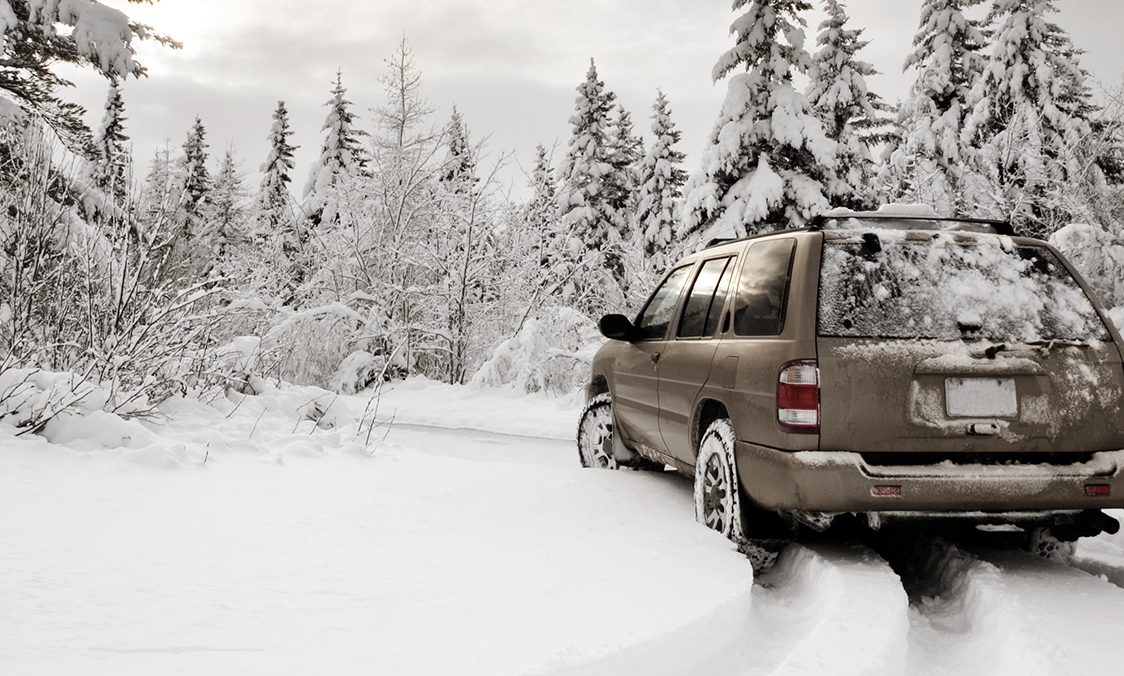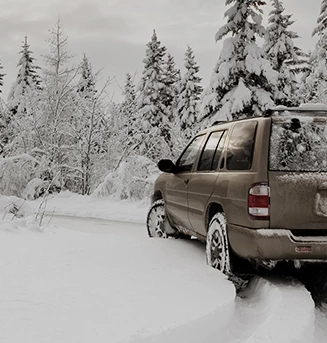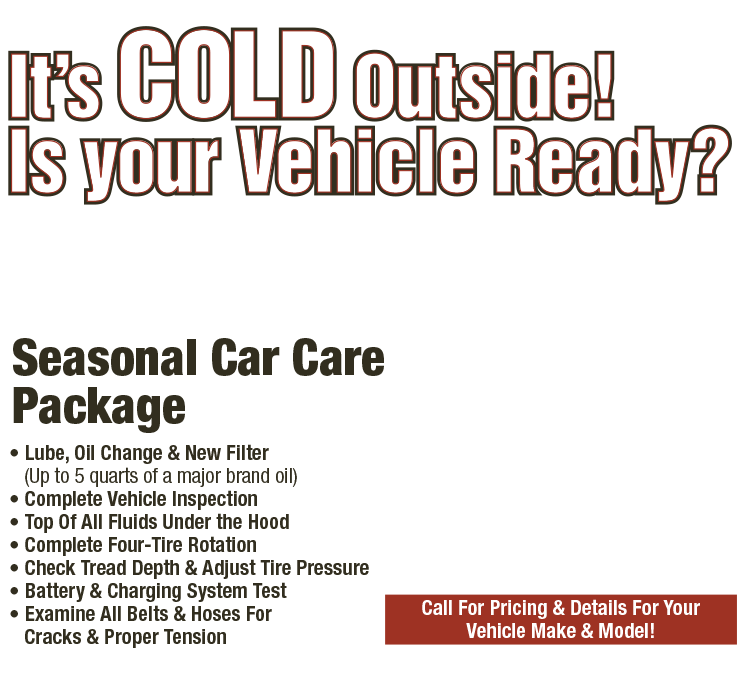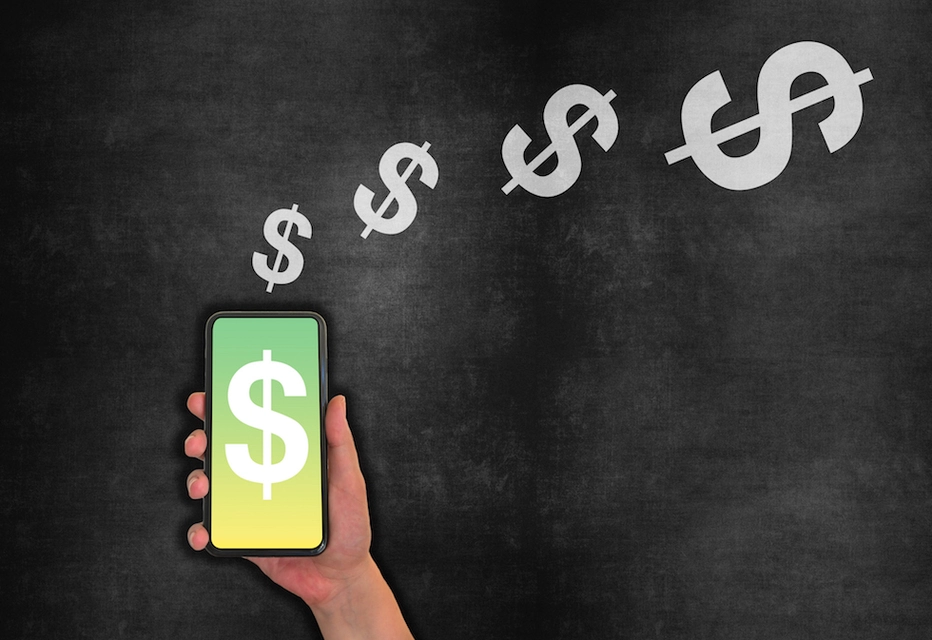Emergency! (Vehicle Emergency items)
January 17, 2021
"I never expected it could happen to me." Countless drivers have said that after they've had an emergency turn their lives upside down. So before that happens to you, let's thinking about planning ahead for an emergency with a few things you should keep in your vehicle.
- Road flares. If you've ever driven by a disabled vehicle sitting at the side of the highway at night, you know how terribly hard it is to see, especially in bad weather like rain. If you are the one in that broken down vehicle, you run the risk of being hit by a vehicle whose driver literally may not be able to see you. The best emergency signal includes one or more road flares. There's a reason police officers and firefighters carry them in their vehicles. When you see a series of burning red flares at the side of the road, you know something serious is going on. These are far more visible at a much longer distance than nearly any other portable signal device.
- Fire extinguisher. Thousands of vehicles catch fire every year. Most fires start small but can get out of control. It's vital to have a fire extinguisher in your vehicle, and there are several small ones designed especially for the job. Since many different types of vehicle fires can start, make sure the extinguisher you choose will handle every fire from gasoline to electrical. Some have handy mounting brackets. And keep it up to date!
- Flashlight. Sure, your cell phone likely has a light in it. But you will need that phone for communication if there's an emergency. Plus, the light’s just not that bright. So carry an LED flashlight designed for automotive use. LEDs produce a lot of light with little power; plus, many of those designed for vehicles include a lantern which will light up a wider area. It’s vital if you have to read your vehicle's jack instructions or tend to an injured person.
- Drinking water and snacks. If your vehicle breaks down during bad weather and you may be forced to stay with it for a long time, you'll need food and water to survive until help can arrive. These are simply the necessities of life, so have a small supply on hand, just in case.
Other things like basic tools, a first aid kit, a space blanket and jumper cables are also good ideas. Many service repair facilities offer these items for sale, and you can ask your service advisor for suggestions. While it's fresh in your mind, plan a shopping trip and put together your own emergency kit now. Sure, you can put it off, but you may find yourself stuck in a difficult situation, saying to yourself, "Only if…"
Gary Knurek GoodYear
1973 Livernois
Troy, Michigan 48083
248-362-0350
Need Service?
More articles from Gary Knurek, Authorized GoodYear Dealer

Stop! And See Us (Brake Pad Replacement)
November 23, 2025
If youve ever driven a bicycle with hand brakes, youll probably understand how the brake pads on your vehicle work. Bicycle brakes use a system that squeezes the bike wheels rim with a pair of cushioned pads activated by your hand squeezing the hand brakes on your handlebars. The friction of tho... More

Don?t Skip Out on These! (Vehicle Maintenance Items You Should Never Postpone)
November 16, 2025
Maybe that little sticker on your windshield is giving you the reminder that its time for your vehicle to have an oil change. Youve thought, Aw, I can skip this one and save myself a little money. When it comes to things you should never ignore on your vehicle, timely oil changes are number one... More

In the Red (Why a Vehicle Overheats)
November 9, 2025
Heat is one thing that can damage a vehicle, especially if a problem isnt taken care of soon. Be on the lookout for signs that its getting too hot in some parts of your vehicle, starting with the most obvious one: the heat gauge/warning light on your instrument panel. When you see that heat gaug... More









